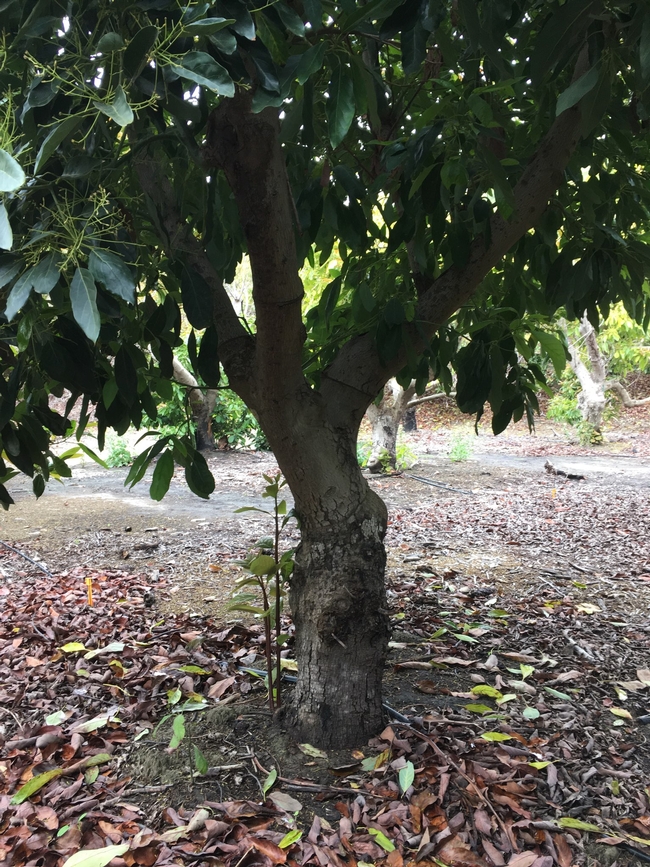Recent and recurring fires are a problem where both citrus and avocado are grown in California.The winter forecast is out from NOAA and it looks like there might be frost in our future. What do you do if it hits your trees? https://www.noaa.gov/news-release/us-winter-outlook-warmer-and-drier-south-wetter-north Treatment of damage to both trees by fire and frost is often the same. Wait. Wait for the tree to tell you the extent of the damage. If it's a young tree with mainly green tissue, it becomes apparent pretty soon after the event, within a week to 10 days. With older trees, though it takes longer. With citrus if there is significant damage to the trunk, it's not likely to recover, or recover to commercial status. if it's just damage to the canopy, there's a good chance both trees will recover. If there is damage to the trunk of an avocado, though, it is amazing in its ability to recover. And waiting for up to a year may be necessary to truly evaluate recovery.
Care of Frost/Fire Damaged Trees
Determining the amount of damage is often a difficult job and cannot be done accurately for some months following the freeze. It is usually better to let the tree recover by itself.
Sunburn prevention
Exposed limbs can be badly damaged by sunburning. Whenever defoliated trees have not grown enough new leaves to protect the limbs before hot weather occurs, you should provide protection.
Protection is best provided by spraying or painting all exposed limbs with either a cold-water white latex paint or a whitewash. The paint needs to be white enough to reflect the light, but thin enough to flow through a sprayer. With latex paint, a 2-part latex to 1 part water is usually adequate.
Irrigation
Do not irrigate damaged trees until the soil in the root zone approaches dryness. The loss of leaves reduces the use of water so the soil will remain wet longer than with unaffected trees. Careful, frequent examination of the soil is necessary to prevent excess moisture from normal irrigations. Root Rot occurs in soils with excessive moisture when the Phytophthora fungus is present, and growers must guard against this disease following frost damage. After fire and wind, if soils are dry and there is still green leaves on the canopy, irrigation after the event may be necessary. The key is to check the soil moisture, and if dry, water.
Pruning
Do no prune until you know how much of the tree has been killed. New foliage will grow from the remaining live wood and the tree will recover better without pruning.
When new shoots are at least two or three feet long, you can remove the dead wood. This will usually be mid-summer, 6 to 8 months following the frost/fire event. At the same time, suckers should be thinned out to select the new limbs to replace those lost.
Care of young trees
Badly damaged young trees usually develop strong sucker growth which can be used to form a tree as good as a replanted tree. If these suckers are from above the bud union, you can develop a new top by thinning and training. On young trees damaged to the bud union, strong root suckers can be budded or grafted to the desired variety the following spring. If the sucker growth is weak, the tree should be removed. Trees less than two years of age with only green tissue are usually a lost cause.
Severely damaged mature trees
The handling of severely damaged mature trees where they have been killed back to the large scaffold limbs, to the trunk, or to the ground, presents many problems. Each tree should be considered separately. Often growers can topwork badly frozen trees to a more resistant or productive variety. The hardest thing is to figure out how to treat the range of damage to trees in a single irrigation block - some will need a regular irrigation, some less, and some none at all. Balancing a checker board of trees is difficult.
Two Years After the Fire
